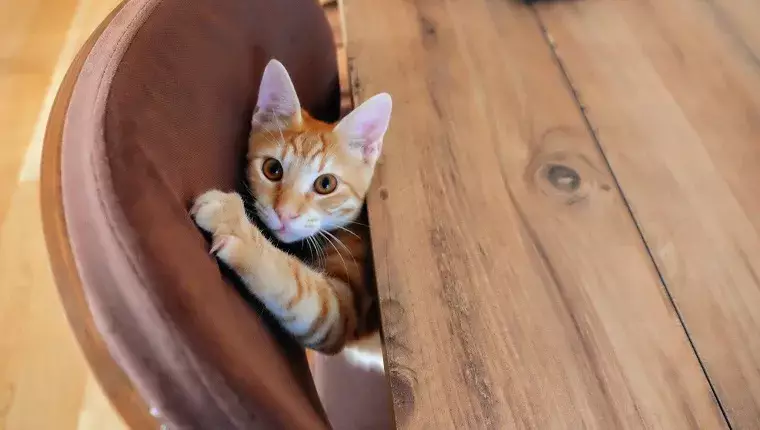When adopting a cat, one of the most common challenges new owners face is managing the feline’s instinct to scratch. Scratching is a natural behavior for cats, serving multiple purposes such as exercising their claws, marking territory, and even stretching their muscles. As a devoted cat parent, it’s essential to accept that this behavior is inherent to all cats, including your recently adopted furball. Therefore, simply trying to eliminate the behavior isn’t practical or humane. Instead, the focus should be on understanding and redirecting this natural inclination.
Rather than resorting to declawing—an inhumane practice that poses numerous risks to a cat’s health and well-being—owners can take proactive steps to encourage their cats to scratch appropriate surfaces. One of the most effective methods is to provide a variety of scratching posts that resemble the textures and materials of household items your cat tends to scratch. The market offers an array of options, from cardboard to sisal and carpet-covered posts, ensuring you can find something your pet might gravitate toward.
Placing the scratching post near the furniture your cat tends to target can also help. It’s often beneficial to incorporate a little catnip into the mix. The enticing fragrance can attract your cat, encouraging her to familiarize herself with the designated scratching area. Remember, the scratching post should be sturdy enough to withstand your cat’s enthusiastic scratching; if it tips over, your cat may be deterred from using it in the future.
Using Deterrents Effectively
In addition to providing alternatives, applying deterrents can help preserve your furniture. Many cats are averse to certain smells, such as citrus. Spraying your chairs with a safe citrus-scented spray can make these pieces less appealing as scratching targets. However, ensure that the spray you choose doesn’t pose a risk of staining your furniture.
Another innovative solution involves using double-sided tape or aluminum foil on the furniture. Cats generally dislike the feeling of these textures, which can help condition them away from these surfaces. When applying these deterrents, be consistent and patient: it may take some time to see significant changes in behavior.
Incorporating regular claw maintenance is another practical step in managing your cat’s scratching behavior. Regularly trimming your cat’s claws can reduce the damage they do while scratching. This process can usually be accomplished at home with a pair of cat nail clippers, though many owners find it helpful to have a friend assist or to consult a veterinarian for guidance.
Alternatively, consider using claw caps like Soft Claws, which can be easily adhered to your cat’s claws, preventing them from causing damage while allowing them to scratch as they normally would. These caps are a temporary solution but can provide significant relief to owners worried about furniture destruction.
Creating a Cat-Friendly Environment
Finally, keep in mind that a cat-friendly environment plays a crucial role in minimizing inappropriate scratching. Providing various engaging toys and stimulating activities can help in channeling your cat’s energy away from the furniture. Cats are curious creatures and thrive when they have plenty of entertainment options, so investing in cat trees, scratching posts, and interactive toys will encourage a more positive outlet for their energy.
Additionally, understanding the different scratching behaviors your cat exhibits—whether they scratch for stretching, marking territory, or just out of boredom—can guide you in addressing the behavior more effectively.
It is possible to manage your cat’s instinctual scratching behavior without resorting to extreme measures like declawing. Employing a mix of redirection, deterrents, regular maintenance, and environmental engagement can create a nurturing home for both you and your feline companions. With patience and persistent effort, you can cultivate an environment where your cat feels fulfilled while preserving your cherished furniture.
